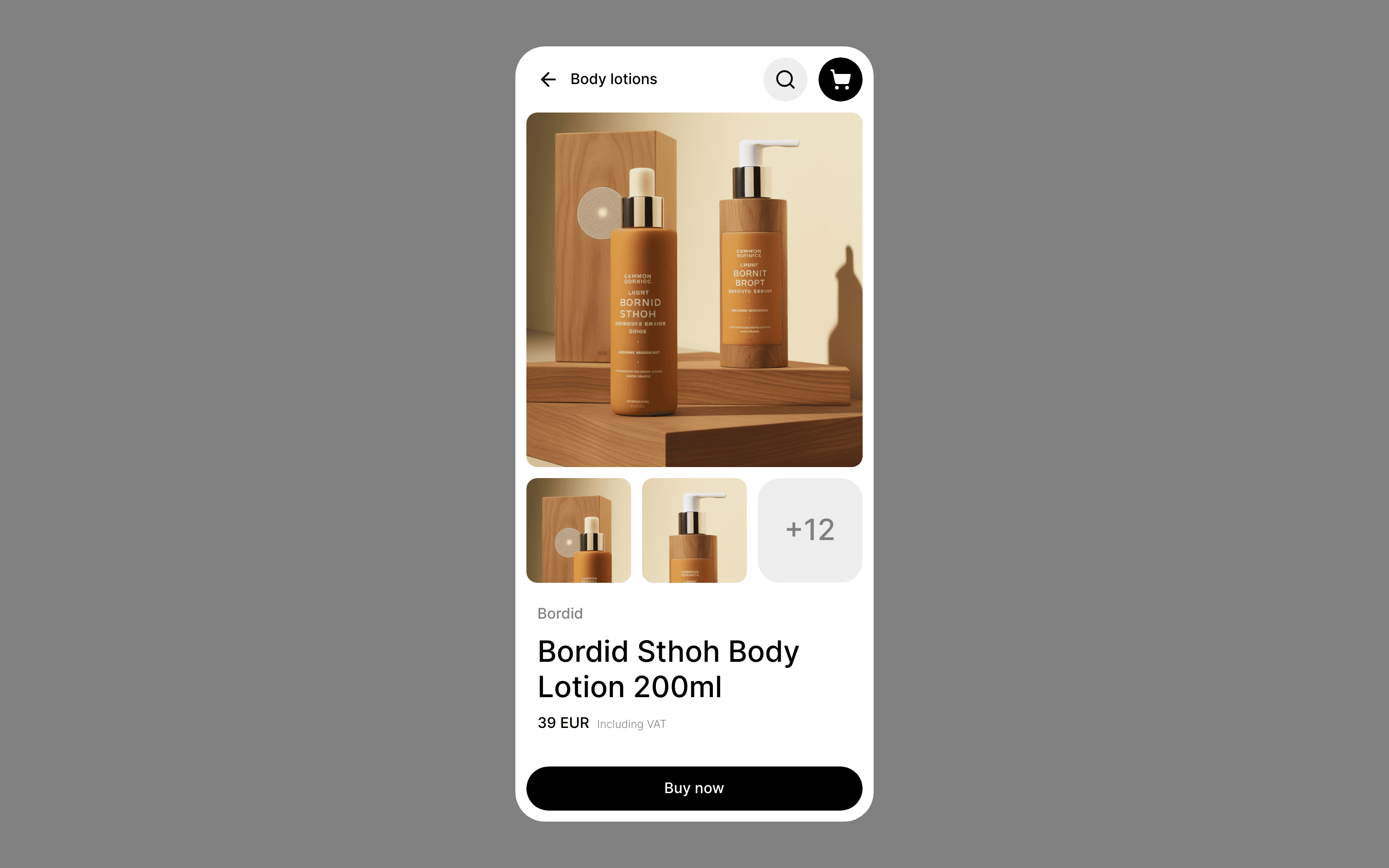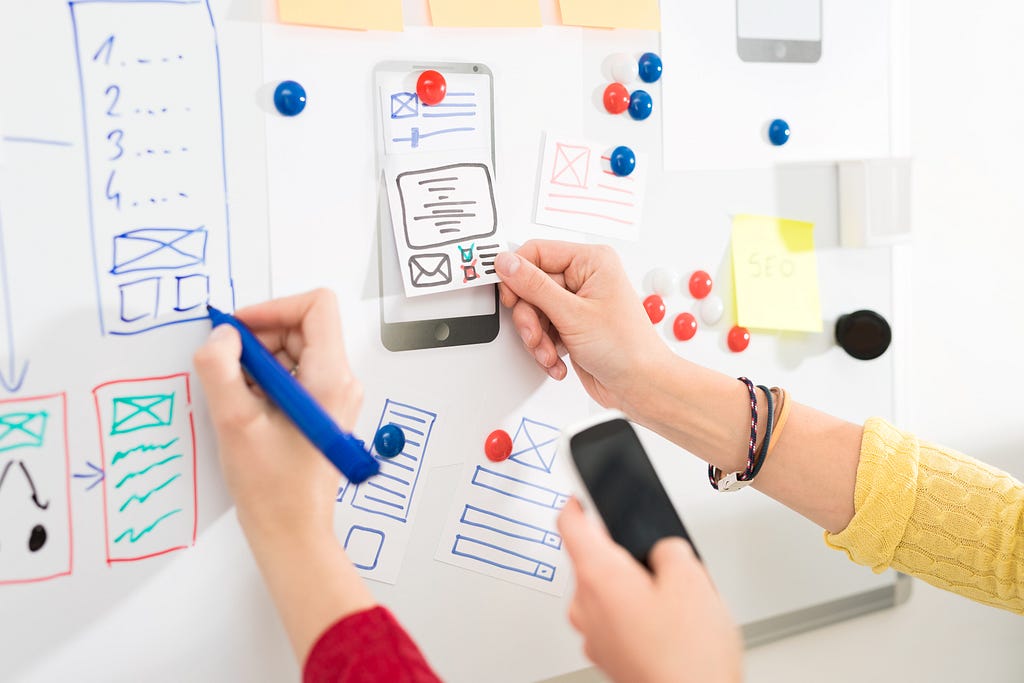Build Design Systems With Penpot Components
Penpot's new component system for building scalable design systems, emphasizing designer-developer collaboration.

uxdesign.cc – User Experience Design — Medium | Jesse Lee 
Starting your design project can be overwhelming. There are so many different ways to understand requirements, gather information, and communicate with different stakeholders when working in a company.
Most often, different designers are tasked with onboarding before starting a project. This is an opportuniy for the designer to ask questions to further understand where the project is headed.
It is important to collect all the necessary data, insights, and answers so that you can fully understand the project and dive deep into designing for the user.
Asking these questions would ensure you know the overall direction, strategy, and required information to progress into the later stages of a design project.
Knowing the users and the different contexts when using the product ensures that we can design for their journey. Gathering all required research, conducting surveys and usability testing sessions can help narrow down user’s behaviours and the many goals they aim to acheive in their lives. Finding the user’s needs and pains are important as that helps focus their efforts into crafting a seamless product.
What are the user’s behaviours when using the product?
What age group are we designing for? Why?
What are their needs? Why?
What are their goals? Why?
What are their desires and pains when using the product?
Understanding the problem’s origins and how it came to be in a design project helps designers gain context into how all of their decisions can relate back to the initial problem. Finding the right problem involves communication between key members in your team.
How did the problem get brought up?
Was there any previous research conducted for the problem?
What happens if we solve/don’t solve the problem? What are the results?
How did you approach solving the problem before?
What are the main pain points?
Every problem has to have a reason of why it exists. Find out why by understanding the business strategy and how it will affect the organization as a whole. Also see if the problem was solved beforehand. Research similar problems in the domain and find out how other companies went about solving it.
What competitors are solving the same kind of problem?
What can we learn from them that can solve our problem more efficiently?
What are the projected business results when we solve the problem?
What success criteria are we using to solve the problem?
How will design affect how well we will be able to solve the problem? How will this be measured?
Finding the right design techniques to solve a problem varies in every project. In the beginning of the project, plan ahead into finding how you will solve a problem by researching ways to collect data and group certain findings. This will save time so that you can be prepared readily beforehand. This could include affinity mapping techniques and user research methods.
There are various ways you can prototype using common tools of the trade. When using these tools, look up some tutorials on how to save time and speed up your process.
What process are we going to use to solve the problem?
What part of the design process are we going to spend the most time on?
How much user research needs to be done?
What tools are we going to be using?
How will we find our target audience?
Understanding how success will measure up in your project ensures that the designer will understand what tools, techniques, and ideas will work in the project. It also helps you plan during the long term. It will affect who you will collaborate with as well as what your design process will look like.
Success metrics need to be measured in a design project because that ultimately translates into how well you have met the initial project goals.
What are our project goals? How does that translate into metrics?
What is the definition of done?
How will we measure success qualitatively?
How will we measure success quantitatively?
In every project there are limitations of how you will design certain features and flows. Nailing down these constraints involve communicating with the right people and asking the right questions. Communicating with business stakeholders about business strategy helps with your content structure and requirements. Communicating with design engineers on what design ideas are feasible ensures you don’t waste your time on unnecessary features.
Which platforms are we designing for?
How does the front end design retrieve information from the back end?
Will x feature be technically feasible if we use x design? Why is it feasible/not feasible?
What will be required from design going up to a certain date? How will it evolve over time?
When designing products, average is the norm for many companies. How will the organization secure the market for their product? How will they make money? Design decisions translates into better business. Finding out who your competitors are based on their weaknesses and strengths would further help you in crafting a great product.
What makes us unique? How much better are we than our competitors?
What can we learn from other businesses’s failures?
What does going above and beyond mean? How will we measure this?
Understanding who you will be working with and how much time you will be working with them allows you to plan ahead and communicate effectively within your team. Collaboration is key in a project and knowing which stakeholders are involved with shipping allows you to save time and communicate more speedily in project sprints.
Who are the business stakeholders? What are their roles?
Which stakeholders decide on what gets shipped?
How do they define requirements? Why are they requirements?
In a big project there is much knowledge that needs to be learned and quite often designers make the mistake of not asking enough questions. One advice that was given from a mentor was to keep on asking questions in topics that you don’t understand. This is useful because it’s better to learn from asking than to make a mistake because you thought it was the right way to do it. It reduces the risk of failure and miscommunication in the beginning and helps you communicate with all stakeholders clearly.
Remember to ask why a lot. If you ask three why’s simultaneoulsy, you will get to the root of the problem. This was coined by Sakichi Toyoda, founder of Toyota Motors.
In every design project, there are bound to be questions that need to be answered. Asking questions that affect your design decisions and workflow are vital in the beginning stages as that is the initial foundation of crafting a great product. These questions would be a great start to ask on your first day on the project or your initial kickoff meeting.
Essential questions to ask when starting a UX design project was originally published in uxdesign.cc on Medium, where people are continuing the conversation by highlighting and responding to this story.
AI-driven updates, curated by humans and hand-edited for the Prototypr community